May Community Based Adaptation to Climate Change Newsletter
THIS MONTH’S COMMUNITY BASED ADAPTATION NEWS
| Field Guides | Knowledge Transfer, Community Based Adaptation, and Field Guides |
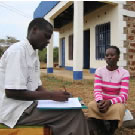 |
Knowledge to be transferred in community-based adaptation needs to be a two-way transfer. Experts and remote, rural community members have different positions and expectations. Bridging these requires mutual understanding—understanding that can be complicated by culture, language and experience.
Developing a short, concise field guide helps in a number of ways. It allows you to compile how-to information from diverse sources into a guide that best fits your community’s context, and gives you the basis for a workshop lesson plan.
|
A three-quarter page field guide also limits how much you can present in a workshop. It forces you to concentrate on a single specific activity that can be presented in a two or three hour participatory workshop. This month we are presenting five field guides of classic CBA capacity building activities.
| Field Guide 1. | Participatory Capacity and Vulnerability Assessments |
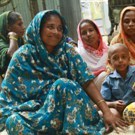 |
CBA combines local climate knowledge and scientific climate knowledge in a way that will empower community members to take charge in an effective bottom-up campaign of adapting to climate change. Their project will be sustainable—as this bottom-up approach gives them project ownership. How do we learn about local climate knowledge?
The first step is to facilitate a PCVA workshop for exchanging knowledge about the community’s vulnerabilities and capacities. You will learn from them about their coping strategies in the face of a changing climate.
|
Local knowledge will give you an opening for sharing with them science based techniques that can be supportive of their local strategies.
| Field Guide 2. | Participatory Mapping for Soil and Water Resources |
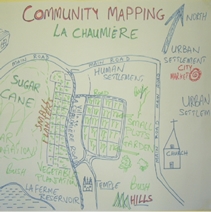 |
Participatory mapping is an excellent way of learning in greater detail about a community, their resources, the hazards they face, and how the village, farm fields, roads, forests, water sources, and climate challenges interrelate. It’s also an excellent method for community members to see their assets and vulnerabilities through a new lens.
Participatory mapping is an inclusive tool: all workshop participants can engage in the activity as it’s very visual—non-readers won’t be sidelined. |
| Field Guide 3. | Simple Techniques for Soil and Water Conservation |
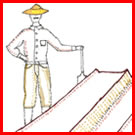 |
Subsistence farmers suffer not only from depleted soils but from challenges with water: too little water, too much water, and erosion from water. This field guide looks at different ways of managing water and conserving soil by developing barriers on farm fields for stopping the flow of water so that it can percolate into the soil and build up soil moisture. The barriers also reduce the loss of soil from erosion. Topsoil suspended in water settles behind the barriers creating level terraces. These low cost/no cost techniques can be incorporated into their fields over the span of time.
|
| Field Guide 4. | Developing a Community-Based Disaster Risk Reduction Plan |
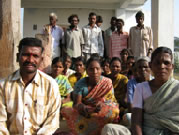 |
It is estimated that over 50% of all disasters are now related to extreme weather events. Because of this, disaster risk reduction should be an integral part of adaptation projects. Community-based disaster risk reduction (CBDRR) holds the same merit that community-based adaptation does: ownership and sustainability. This field guide presents a consciousness-raising overview for community members for establishing a CBDRR program in their community. |
| Field Guide 5. | Diversifying Livelihoods |
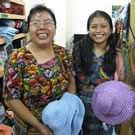 |
Diversifying livelihoods is a good option for increasing resilience in the face of climate change challenges. There are many micro-lending and micro-enterprise programs in the developing world able to assist.
However, not everyone is an entrepreneur. Another challenge is that frequently people think of a product they can sell, begin making it, and have trouble finding customers. There are several simple techniques for addressing these challenges.
|
| Routledge CBA Book: | A Field Guide to Community Based Adaptation by Tim Magee |
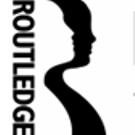 |
This how-to field course in a book is arranged in a step-by-step progression that leads readers through problem assessment, project design, implementation, and community take over. Chapters have the tools needed by field staff and their community partners to complete sequential, concrete steps in developing a real project from the ground up. Routledge has announced a December 1 book launch.
In addition, the book includes a range of short field guides —like the five in this newsletter—containing activities complete with illustrations, how-to information, and workshop plans on universal climate challenges that communities face in water, food security, agriculture, disaster risk reduction, and livelihood diversification. |
| Spring Quarter | Are you interested in: |
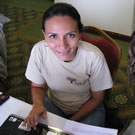 |
Would you like to learn how to develop Community Based Adaptation Projects?
What’s happening in the region where you live?
Please write us with your stories, thoughts and comments through Online.Learning@csd-i.org
Please write us with your stories, thoughts and comments through Online.Learning@csd-i.org
I look forward to hearing from you.
Sincerely,
Tim Magee, Executive Director
Would you like to subscribe to this newsletter?
The Center for Sustainable Development specializes in providing sound, evidence-based information, tools and training for humanitarian development professionals worldwide. CSDi is a 501(c)(3) nonprofit organization.
